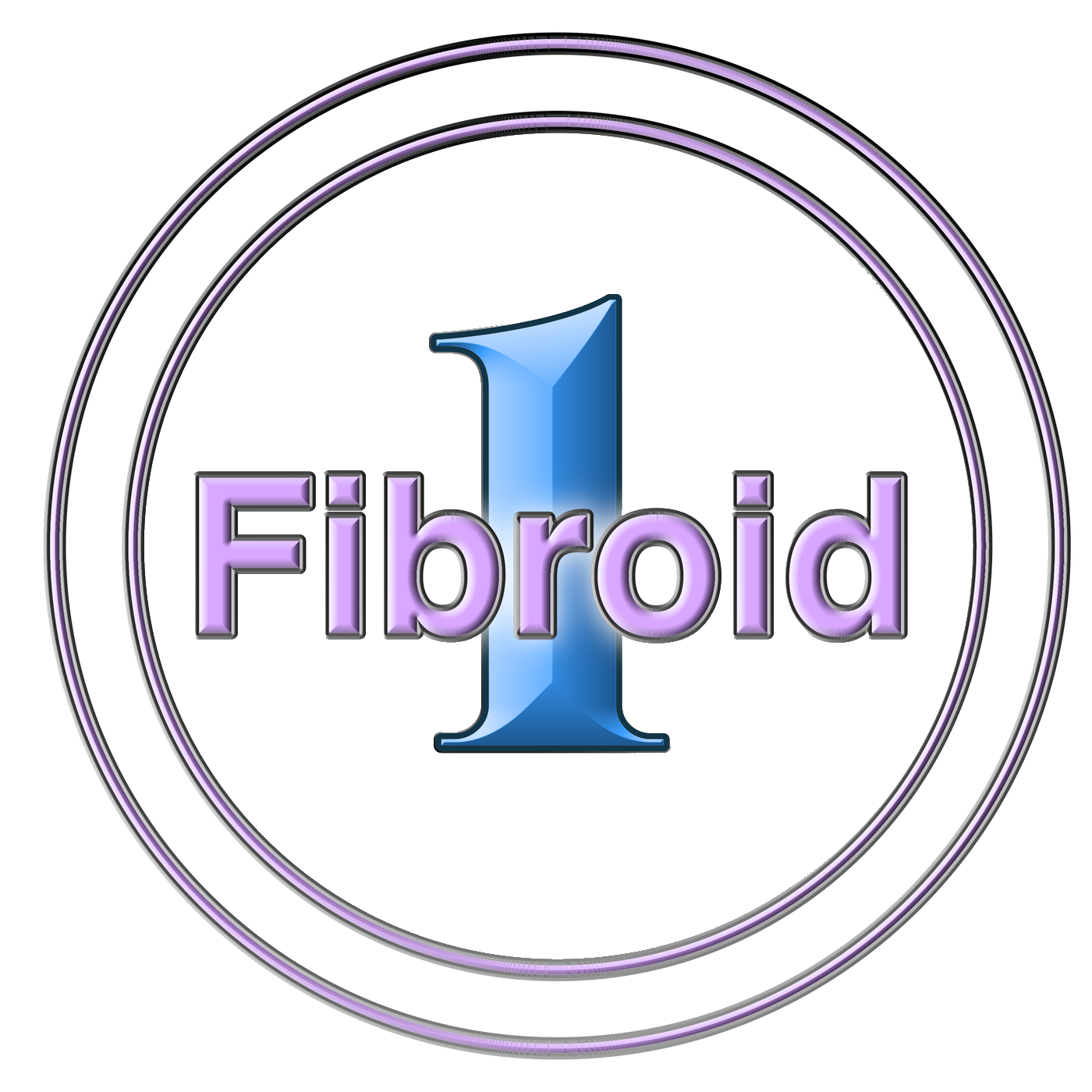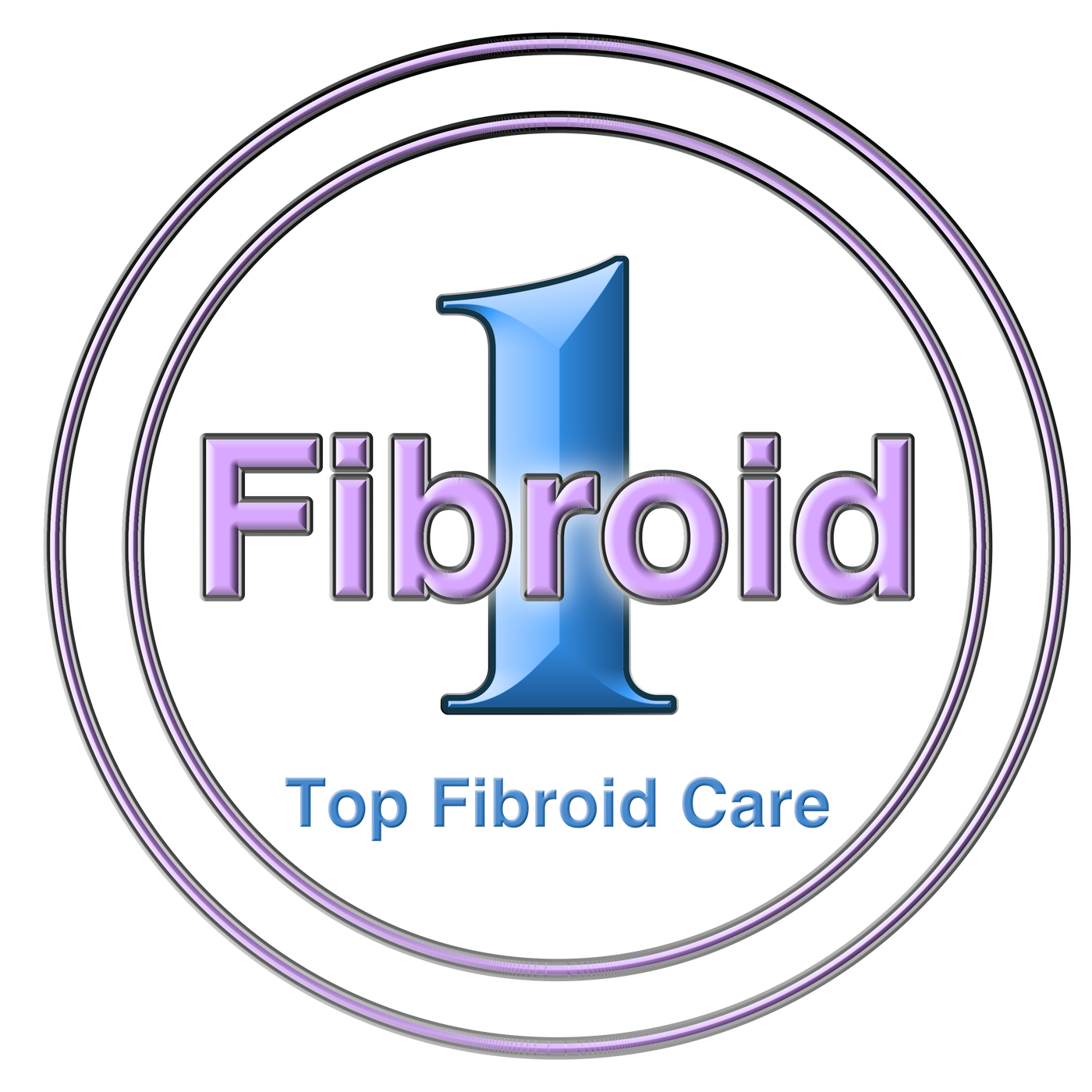While most women will develop uterine fibroids during their lifetime, they often don’t experience symptoms. When symptoms appear, living with uterine fibroids can be a painful, stressful experience. For many years the most common approach was the removal of the uterus with a hysterectomy. Myomectomy made it possible to only remove the fibroids while leaving much of the uterus itself intact. However, both of these procedures required major surgery with long recovery times. Uterine fibroid embolization provides a minimally invasive alternative.
Why UFE Has Become The New Favored Fibroid Treatment
There are over 25 million women who are living a life impacted by uterine fibroids. Even those living with symptoms avoid receiving treatment due to a misunderstanding. Surgical options are now not the only choice available for treating these non-cancerous growths. The evolving technology available in the medical industry has provided new minimally-invasive options. These options can reduce symptoms and have reduced recovery times, making them the right choice for many women.
UFE or uterine fibroid embolization is an innovative procedure that uses a minimally-invasive approach to treat uterine fibroids. Using this approach, there’s no need for stitches or hospitalization, and there is minimal to non-existent scarring for most patients. It’s the perfect option for women who’ve been avoiding treatment for uterine fibroids due to the long recovery times from traditional surgery. It also provides the opportunity for many of those treated to have children after treatment. This isn’t possible with hysterectomies.
UFEs are performed by an interventional radiologist, a specialist in non-surgical treatments. As part of the procedure, your upper thigh will be numbed, and a small incision made. A minute catheter smaller than 1mm in diameter will be inserted. This catheter is guided using fluoroscopy to the arteries that feed the target fibroids. Small particles are ejected to block the blood flow to the fibroid by creating a controlled embolism. Due to being deprived of oxygenated blood, these fibroids will slowly die and be reabsorbed into the body. The injected particles will remain in place, preventing the same fibroid from reappearing.
These treatments are precisely targeted, causing a limited impact on the surrounding tissues. This ensures that your reproductive organs are left unhindered by the procedure. It’s this property that allows women treated with UFE to experience no reduction in their likelihood to conceive as a result of the procedure.
The procedure generally takes between 30 minutes and an hour, followed by a couple of hours in the recovery room. Following this, the patient can return home to complete their recovery.
Is UFE The Right Fibroid Treatment For You?
The only way to know if you can benefit from this non-surgical approach and its quick recovery times is to speak to your fibroid specialist. They’ll give you the necessary details to determine if this is the right approach for treating your symptoms from fibroids. Countless women every year are able to experience less pain and reduced menstrual bleeding from fibroids thanks to this procedure. Call and schedule your consultation with a fibroid specialist today!












